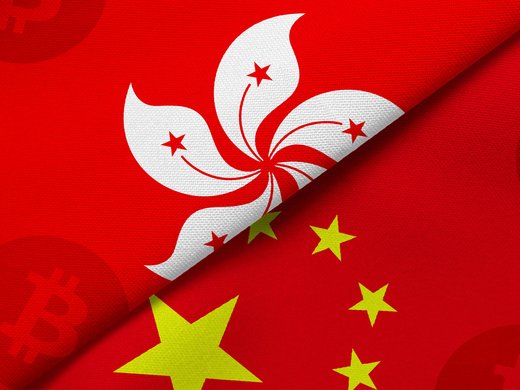At the height of the global financial crisis, monetary policy entered unchartered waters as it attempted to prevent the collapse of the financial system and support liquidity in the banking system. It has now been seven years that the central banks of the world’s major economies have been intervening in financial markets using unconventional monetary policies and it remains uncertain how, at what pace, and when the ‘normalization’ of monetary policy should occur.
There are risks that unconventional monetary policies have been fueling asset price bubbles and facilitating instability in corporate debt markets of emerging market economies. At the same time, macroprudential policy has not been tried and tested sufficiently to be sure that it can manage financial stability concerns. Not only are we still drifting in unchartered waters, but the boat has now floated away and macroeconomic and financial policy has been left to swim to safety with no shoreline in sight.
These are the fundamental concerns of some of the world’s leading practitioners, policymakers and academics that attended the 4th annual conference organized by Banco Central De Reserva Del Peru (the central bank of Peru), the Reinventing Bretton Woods Committee, and UBS entitled “Monetary and Financial Shifts: Challenges and Possible Outcomes.”
The overarching themes of the conference were change and uncertainty. At the height of the global financial crisis, central banks and policy makers introduced monetary and fiscal stimulus policies that were unprecedented in both size and scope. These policies largely proved to be effective at preventing the collapse of the global financial system and stymying severe downward pressure to the global economy. But financial and economic policies have once again reached a crossroads.
It remains unclear whether stimulus monetary policies have been maintained for too long, or even whether they should have been implemented in the first place. There are also stark differences in views on whether the U.S. Fed should tighten its monetary policy stance now (or should have long ago), or whether it should continue providing easy global monetary conditions to help buy time in consolidating corporate debt and facilitate cheap financing for much needed infrastructure spending. As one conference participant described it, we are in the thick of a global monetary policy experiment. Only time will reveal our major policy successes as well as our policy failures.
These policy questions cannot be answered without a discussion on the mandate of central banks. Before the crisis, the mandate of most central banks was clear – maintain price stability – and it was typically associated with a numerical inflation target that was both easy to measure and to interpret by both the public and elected policymakers. But inflationary pressures are nowhere in sight and the fundamental dynamics of inflation are now more structural than cyclical. This raises fundamental questions about central bank governance. Should the central bank’s mandate be revised? Or should mandates simply be interpreted more broadly? What would a broader mandate mean for central bank independence? And how would this effect central bank communication?
Against this background, the conference featured four panels: monetary policy at the zero lower bound and beyond; monetary policy normalization and international spillovers; macroprudential and capital account policies and coordination, and; China’s entry into the global financial system. The high-profiled conference featured CIGI-sponsored work presented by CIGI Senior Fellow Barry Eichengreen on the internationalization of the RMB and CIGI Senior Fellow Pierre Siklos on macroprudential policy frameworks. Domenico Lombardi, the Director of the Global Economy Program, moderated the session on China’s entry into the global financial system.
The conference generated more questions than answers, and academics, practitioners and policymakers alike will be working to establish a new policy paradigm for decades to come. CIGI’s Global Economy Program is dedicated to contributing to finding a solution through its central banking and international financial regulation work stream.


